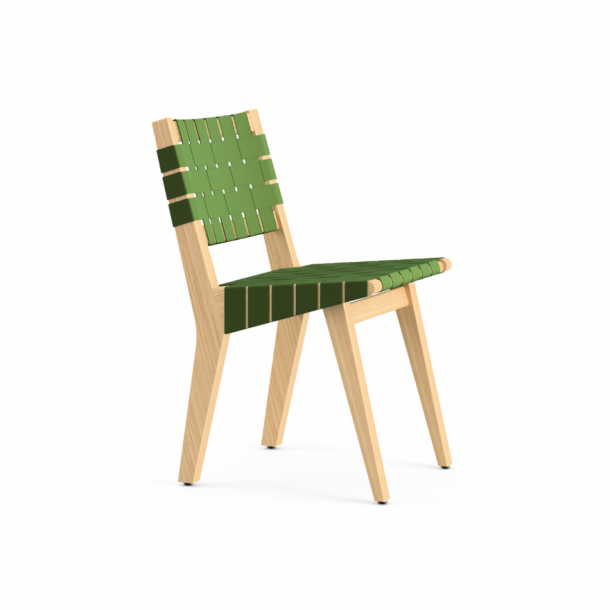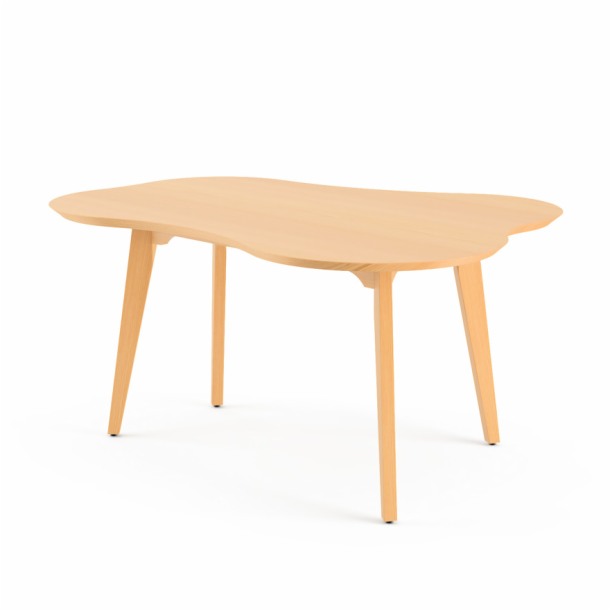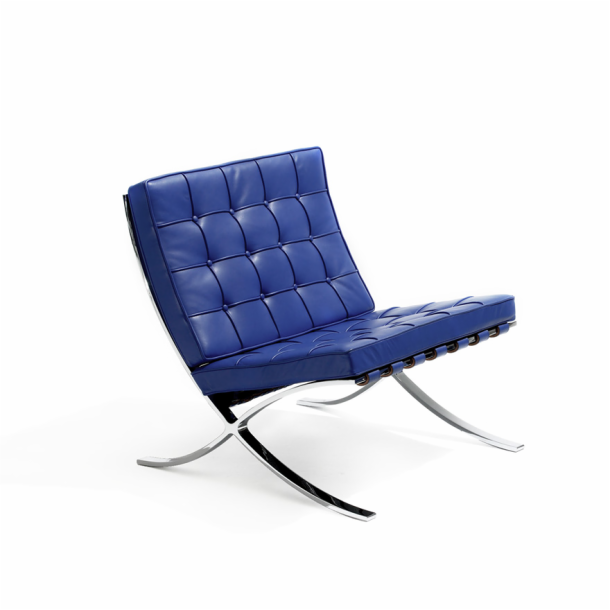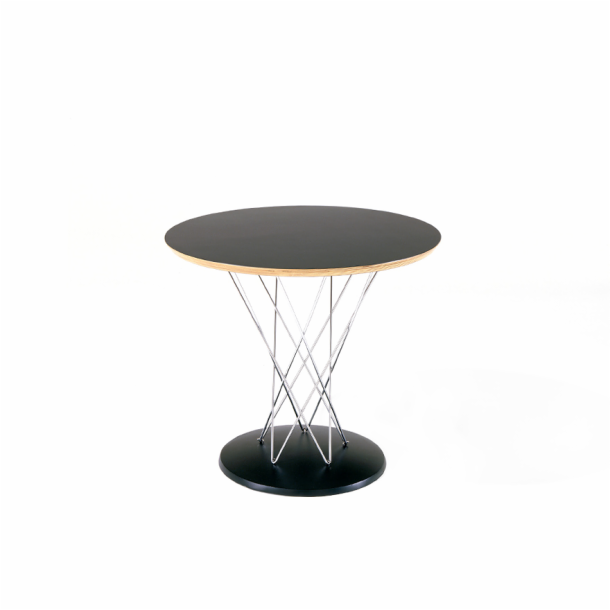After winning the Museum of Modern Art Organic Design Competition with Charles Eames for their experiments with bent plywood in 1941, Eero Saarinen was eager to continue exploring the possibilities of a chair that achieved comfort through the shape of its shell, not the depth of its cushioning. Initially, he began the investigation with designs for smaller fiberglass task chairs, but changed direction when Florence Knoll approached him and asked, “Why not take the bull by the horns and do the big one first? I want a chair that is like a basket full of pillows…something I can curl up in.” While that’s not exactly where Saarinen ended up, the suggestion inspired one of the most iconic, and comfortable, chairs of the modern furniture movement.
Like many of Saarinen’s furniture designs, the Womb Chair required production techniques and materials still in the infancy of their existence. Saarinen and Florence Knoll found a boat builder in New Jersey who was experimenting with fiberglass and resin to help develop manufacturing methods for the new chair. Florence Knoll: “He was very skeptical. We just begged him. I guess we were so young and so enthusiastic he finally gave in and worked with us. We had lots of problems and failures until they finally got a chair that would work.”















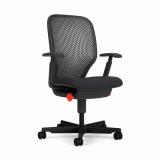
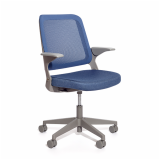
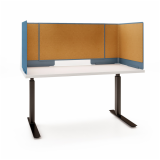




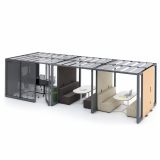

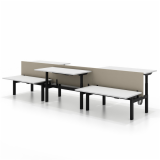


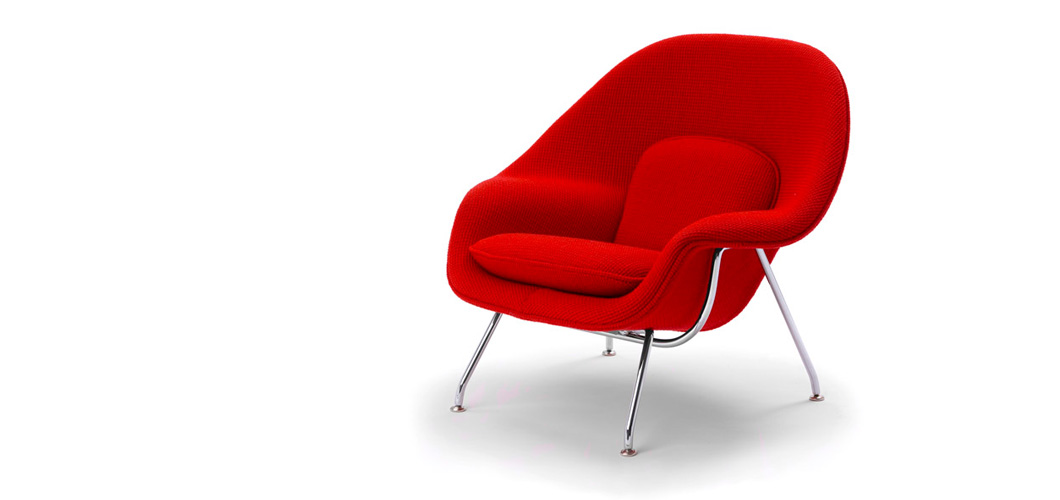

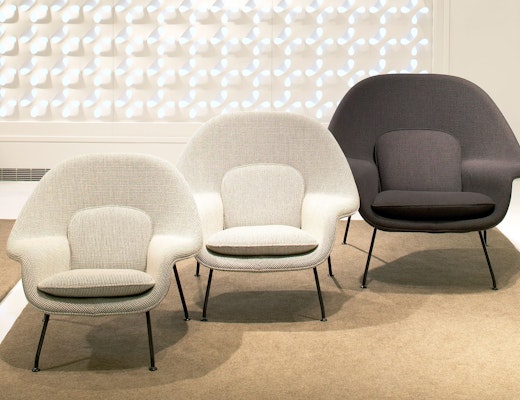

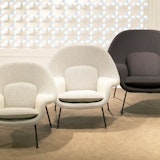



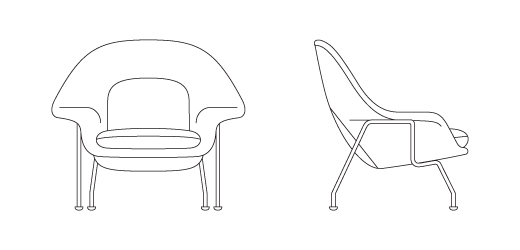
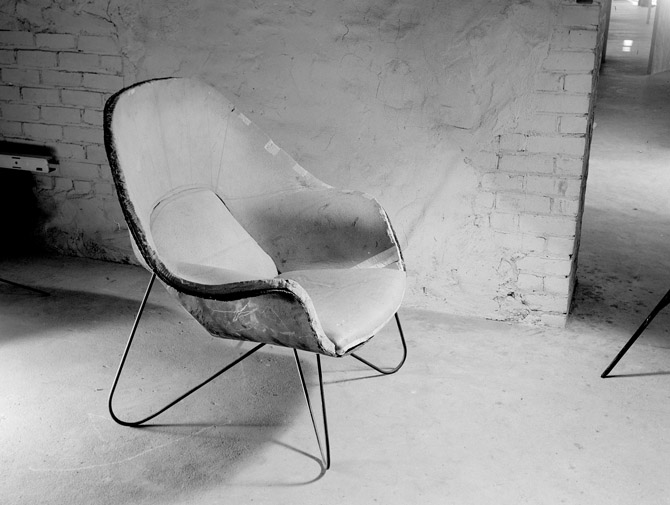
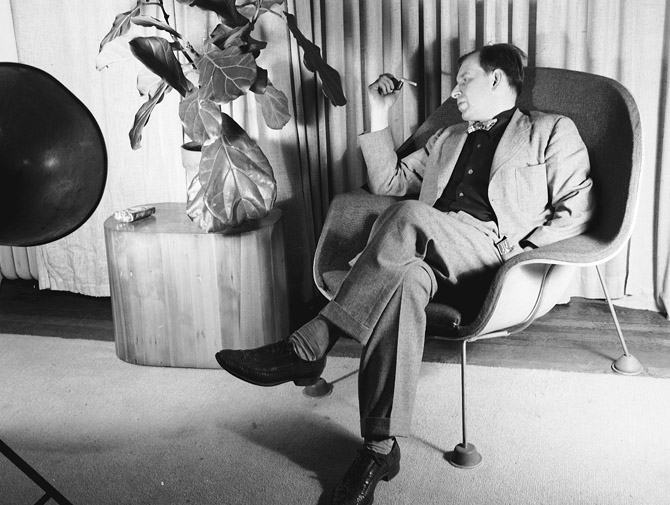
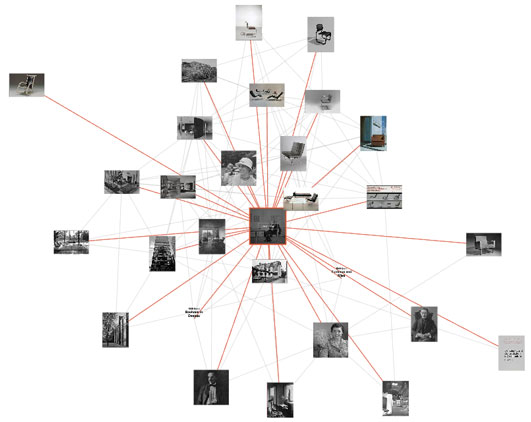
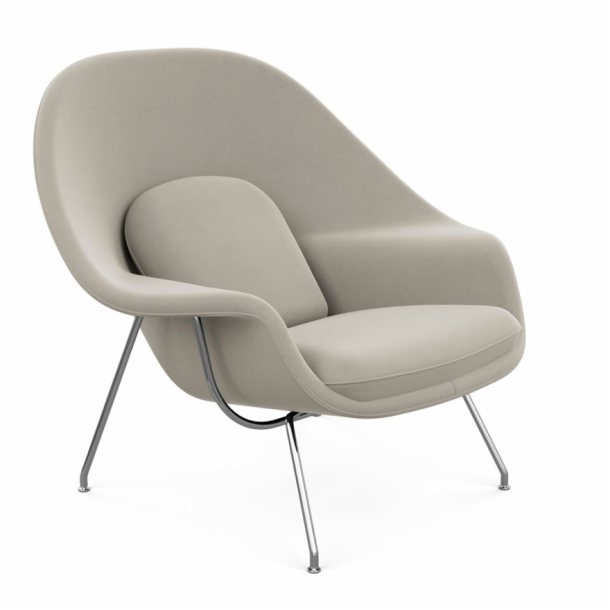

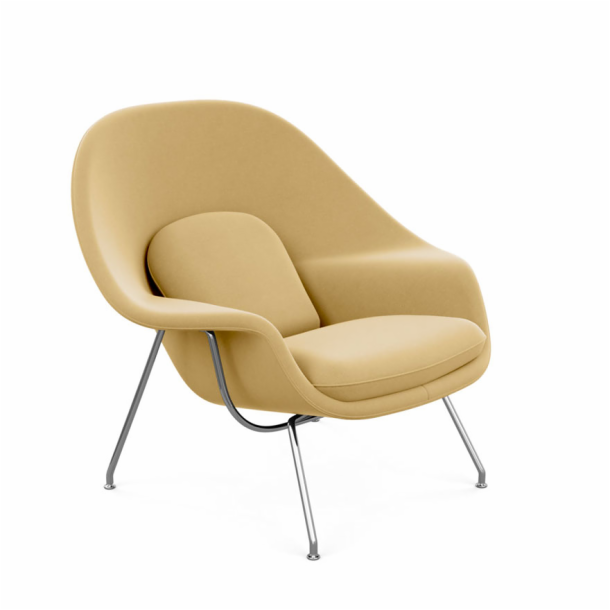
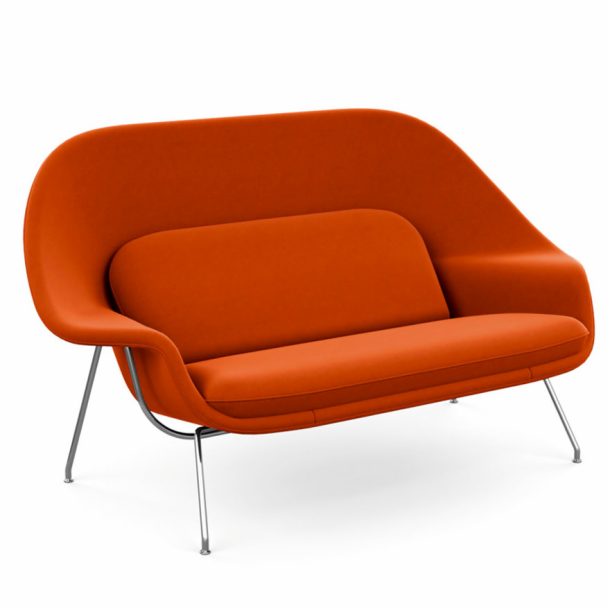
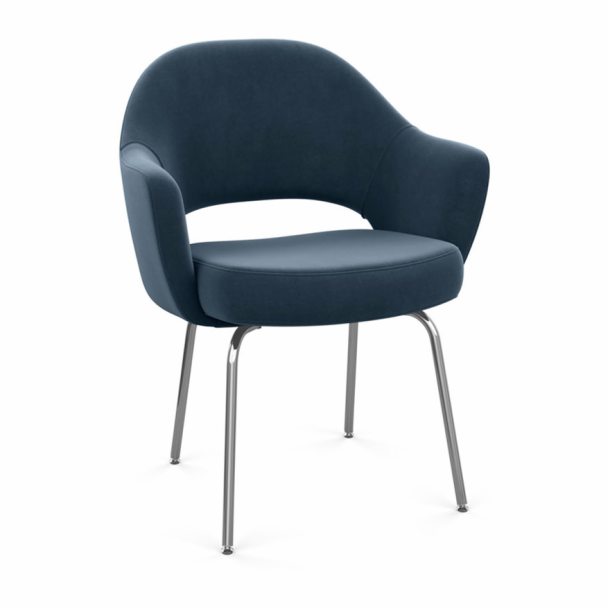
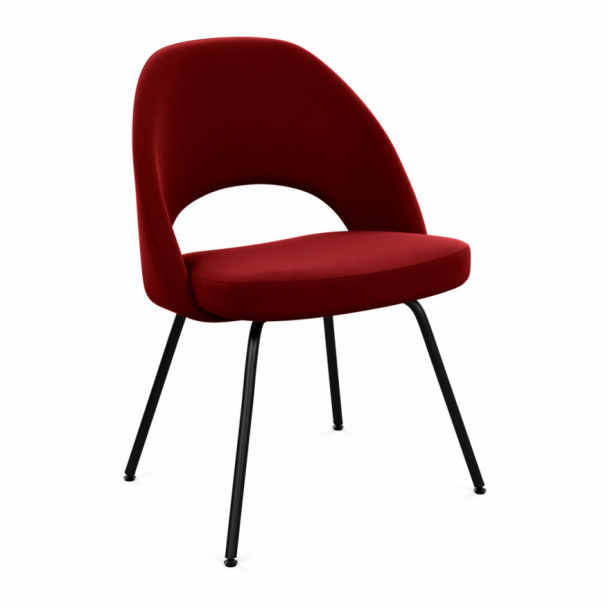
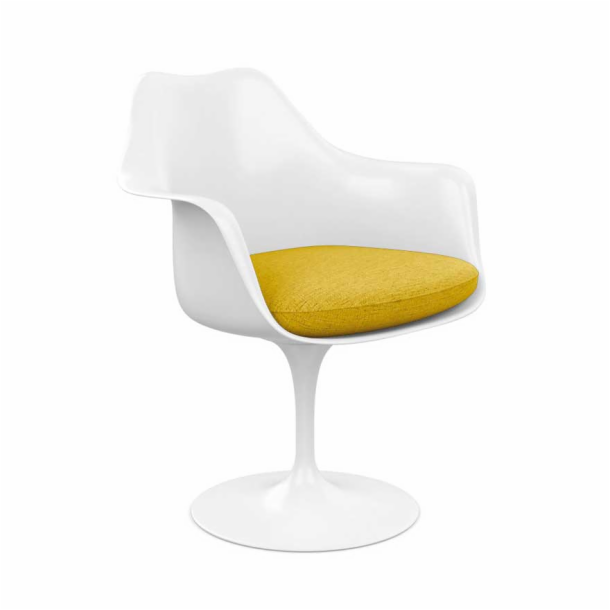
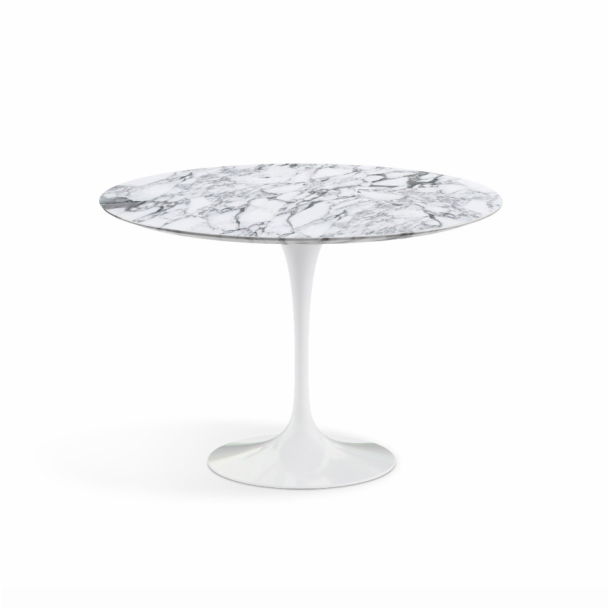
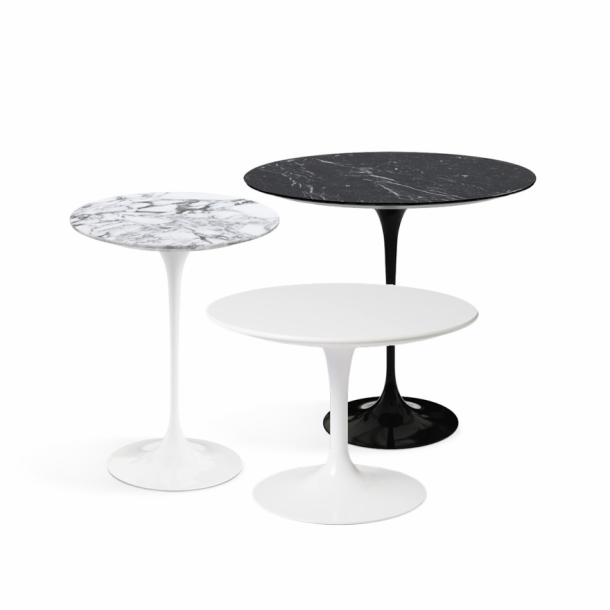
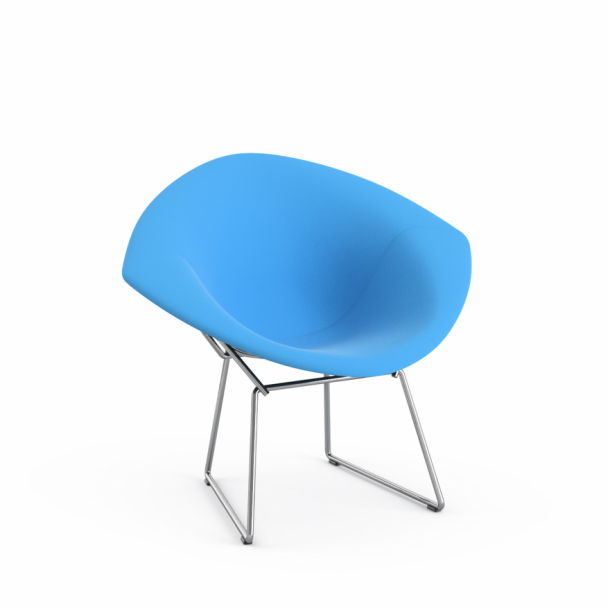 ™ Chair '>
™ Chair '>
